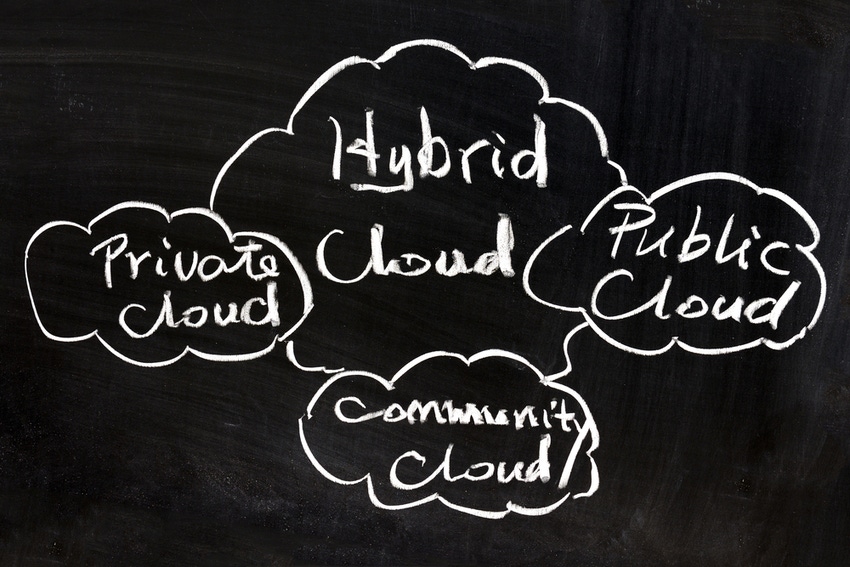Customer needs should drive which type of cloud you recommend.
June 15, 2017


Kelly Begeny
By Kelly Begeny
Many businesses, when a trusted partner presents the notion that they could be saving money and resources with AWS, Azure or Google Cloud, say, “Sounds great. Show me the way!”
However, customers need to be educated that there are more options than the extremes of a large public cloud like AWS or a complex private cloud in an on-premises data center.
Price is often the first consideration, and CIOs may assume that public cloud will be the least costly and most flexible option, but that’s not always the case, especially for customers with large workloads that don’t often fluctuate. And, private cloud is no longer as crazy expense you may think. What’s changed? Let’s start with OpenStack, which allows providers to build a virtual private cloud that is just as robust as public and can easily integrate the workloads customers have in AWS or Azure, for a cost that nowadays often comes out on top of those giant public clouds. Years in the making and refined by developers all over the world, OpenStack carries the ability to offer interoperability, flexibility, visibility and control into multi-cloud environments through a single interface.
The CSP Opportunity: Today’s cloud service providers offer much more than the IT version of pay-per-use utilities. Looking to expand into this hot space? Join us in Austin for an intensive half-day boot camp taught by practitioners. Register now! |
Every customer’s cloud journey begins in a unique place, has different objectives and deserves a customized solution. Need KVM and VMware? Try a multi-cloud strategy. Same advantages, same flexibility and scalability, self-servicable, cost-effective, and customers know where their data is. Compliance? Check.
In a real-world example, a customer may want a public cloud for those applications that demand choppy workloads, like DevOps. But they also have many stable, mission-critical workloads that don’t often fluctuate but need fast load times. A multi-cloud platform supported by OpenStack could benefit that customer. To top it off, in-house IT, or you as a provider, can manage the entire hybrid/multi-cloud environment through a single pane of glass (that’s right, one portal). This in and of itself frees up your customer’s IT department for revenue-generating activities instead of asking employees if they have tried turning their computers off and then back on again. (Guilty.) There is even private cloud “as a service,” in which customers can get the benefits of a public cloud consumption model with control and the knowledge that their data is secure. This will definitely help customer CIOs sleep better at night.
When deciding which workloads to put where in a multi-cloud infrastructure, consider workload priorities: Greater security? Flexibility? Reliability? Maybe just fully utilizing hardware resources? Oh, and let’s not forget disaster recovery to deal with those pesky natural and man-made disasters. Maybe the customer prioritizes human interaction. Public cloud can be a commodity; service is the differentiator for hosted private cloud. In the event of an outage with AWS or Azure, do you have Jeff Bezos’ or Brad Smith’s phone number?
Help customers be clear on exactly where they are with their environments, where they need to be and how to get there. Cloud providers will provide readiness assessments for a small fee, sometimes even for free. Customers can expect questions like, “What is your business need?” “Are you virtualized?” “How many physical servers are on premises?” and (saving the best for last), “What is your desired outcome?” “Where do you want to take your business?” “Do you want to keep spending to keep up a data center?”
A road map to the multiverse, if you will.
Kelly Begeny is a channel sales manager at DSM Technology Consultants, helping businesses find reliability, flexibility, and security in the cloud. She is an active member of Women in the Channel. Follow her at @kellybegenydsm.
Read more about:
AgentsYou May Also Like
